HOME > About Karatsu ware > Kishidake Group Kiln Ruins
It is widely believed that domain lord of the Kishidake region, Lord Hata, invited Korean potters and built the kilns of the Kishidake group prior to the Bunroku・Keicho period (1592 – 1598), and as early as the 1580's. For this reason, the Kishidake group kiln ruins are recognized not only as the original Karatsu kilns, but aslo as the oldest climbing kilns in Japan, and as of 2005 were designated a National Historic Ruin Site.
In April 1997, The Kitahata Board of Education began excavations at 5 kiln sites, and classified them into 3 groups.
Group 1: Sarayagama and Hobashiragama. Kilns built on a slope of 20 degress or more, and producing mostly tableware glazed with rice straw ash based glazes.
Group 2: Handogame Uwagama / Shitagama. Built on a slope of 16 degrees +-, and producing mostly tableware and storage ware glazed with mixed ash glazes.
Group 1 and 2 are split bamboo style climbing kilns.
Group 3: Saraya Uwagama was a stepless single chambered kiln which was used for firing storage pots and jars. This kiln type is a rare case among Hizen region kilns.
In April 1997, The Kitahata Board of Education began excavations at 5 kiln sites, and classified them into 3 groups.
Group 1: Sarayagama and Hobashiragama. Kilns built on a slope of 20 degress or more, and producing mostly tableware glazed with rice straw ash based glazes.
Group 2: Handogame Uwagama / Shitagama. Built on a slope of 16 degrees +-, and producing mostly tableware and storage ware glazed with mixed ash glazes.
Group 1 and 2 are split bamboo style climbing kilns.
Group 3: Saraya Uwagama was a stepless single chambered kiln which was used for firing storage pots and jars. This kiln type is a rare case among Hizen region kilns.
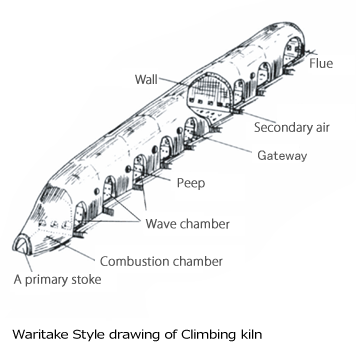
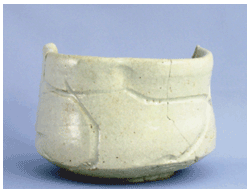
Incised Karatsu bowl unearthed at Handogame kiln site
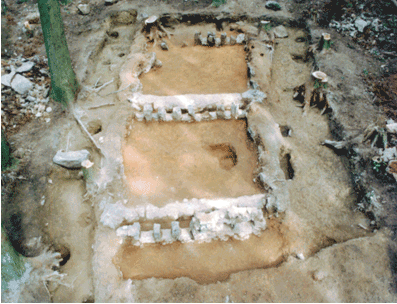
Handogame Uwagama kiln site
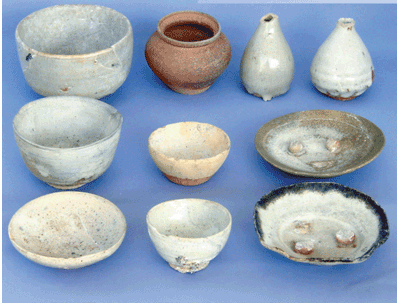
Ware unearthed at Sarayagama kiln site
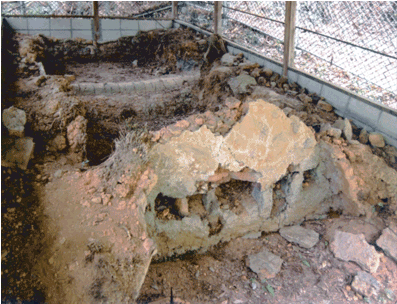
Handogame Shitagama kiln site
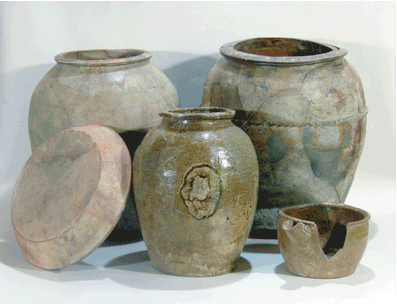
Ware unearthed at Saraya Uwagama kiln site










